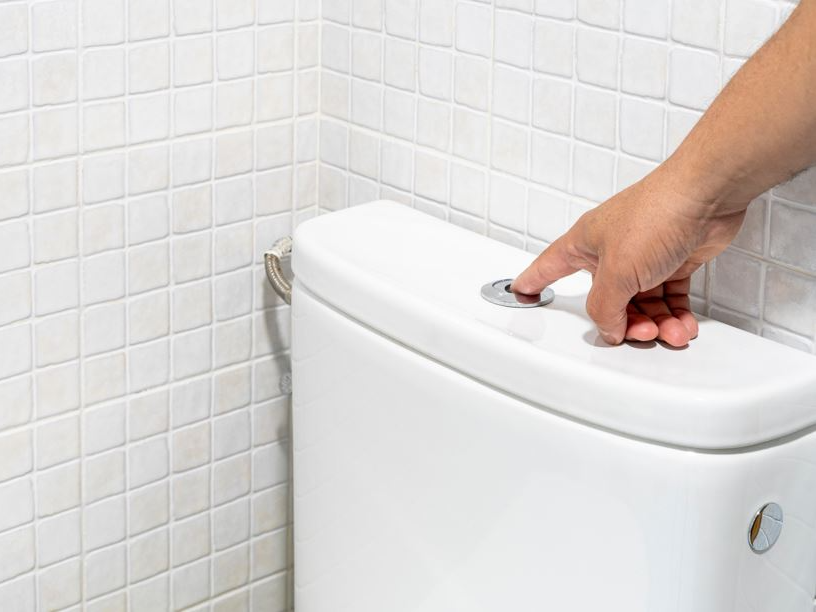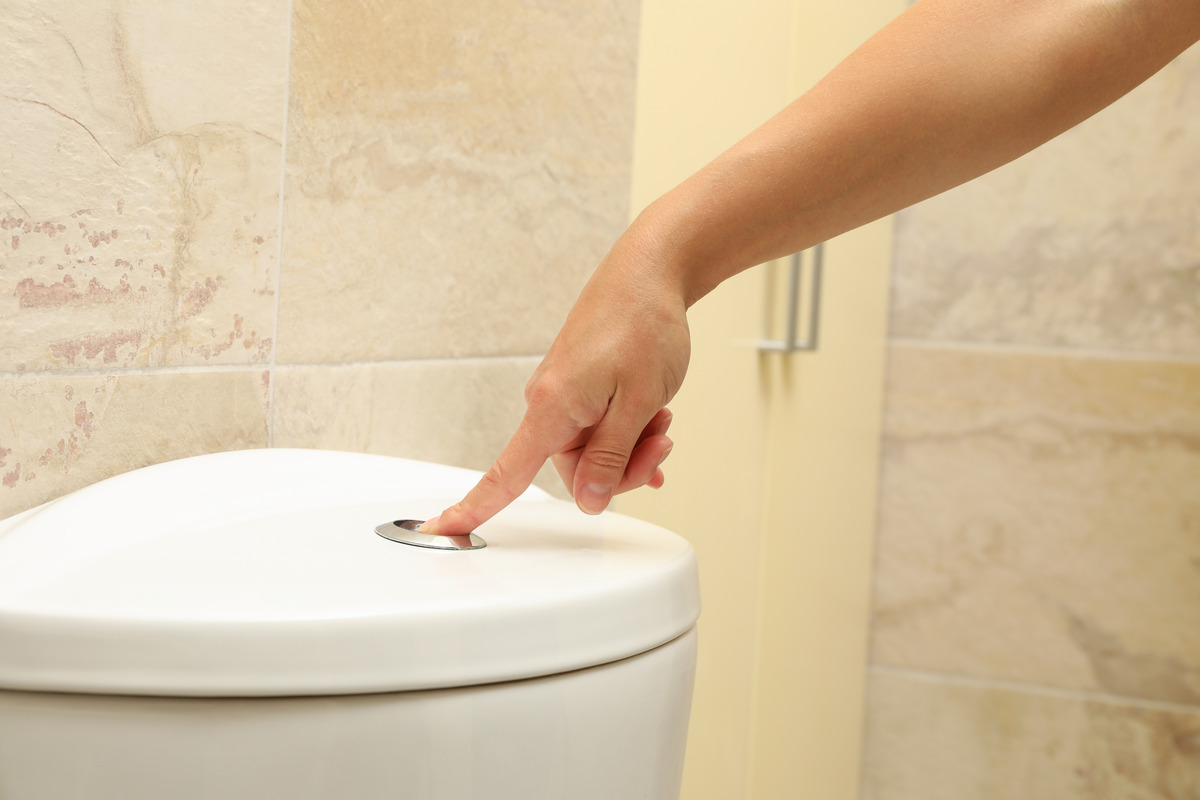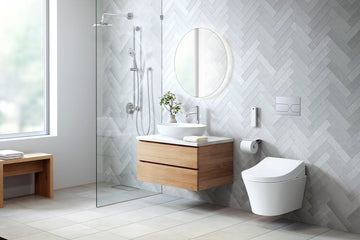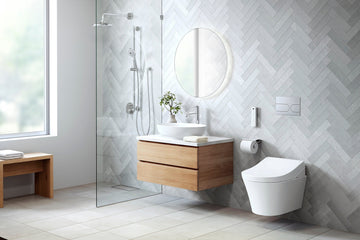In our contemporary world, water conservation has moved from being merely a trend to an essential practice. As awareness surrounding environmental issues increases, more focus is directed towards toilet designs that prioritize water savings. It is vital for industry specialists and Quality Assurance (QA) teams to grasp these advancements, as they are instrumental in evaluating and assuring the effectiveness of these products.
With the rising demand for eco-friendly solutions, the goal of creating toilets designed for water conservation has taken center stage. Utilizing techniques to minimize water consumption, these toilets not only benefit the environment but also prove financially prudent over time.

Importance of Water-Saving Toilets
Water usage in both homes and businesses is a significant issue, particularly since traditional toilets rank among the top consumers. The Home Water Works organization reveals that toilets account for nearly 30% of residential indoor water usage. This eye-opening statistic underscores the importance of adopting systems that utilize water more judiciously.
By embracing toilets designed for water conservation, we have the opportunity to dramatically decrease our water footprint, which not only helps the planet but also leads to notable savings on utility bills.
Cutting-Edge Technologies in Water-Saving Toilets
Modern water-saving toilets feature a variety of innovative technologies to ensure minimal water usage. For instance, low-flow toilets utilize significantly less water per flush compared to their traditional counterparts. According to This Old House, these toilets typically use 1.6 gallons per flush, contrasting with older models that often require up to 3.5 gallons.
A notable innovation is the dual-flush system, which provides two flushing options: a lower volume option for liquid waste and a higher volume for solid waste. This feature empowers users to select the appropriate flush, maximizing water efficiency while maintaining performance.
Pressure-Assisted Toilets
On the frontier of water conservation, pressure-assisted toilets utilize pressurized air to enhance the flushing process, reducing the water needed per flush. Although they may create a bit more noise than traditional toilets, their water-saving efficiency is unparalleled.
Composting Toilets
For those keen on extreme water conservation, composting toilets offer a viable alternative. These toilets eliminate water flushing altogether, relying instead on natural decomposition to process waste. Primarily used in remote areas, the principles behind composting toilets reveal valuable lessons about sustainable waste management.
Quality Assurance for Water-Conserving Toilets
It is crucial for QA professionals to ensure that these water-conserving toilets adhere to quality and efficiency benchmarks. Ongoing testing and assessment are necessary to verify the performance claims of these systems. A structured QA approach helps reveal any potential challenges early on, ensuring that the final products effectively promote water conservation.
Additionally, industry standards and certifications are essential for the development and implementation of these technologies. For instance, certifications like WaterSense, which evaluates product water efficiency and performance, serve as a trusted guide for both consumers and industry experts.
Future Innovations in Water Conservation
The outlook for water conservation in toilets appears bright, thanks to continuous research and development. New advancements in sensor technology and smart toilets promise to change our interactions with these everyday utilities. By integrating real-time data analytics and automated systems, these toilets can further refine their water usage, enhancing efficiency.
Moreover, incorporating sustainable materials in the production of these toilets can bolster their environmental benefits. Utilizing recycled or low-impact materials not only diminishes ecological footprints but also supports a comprehensive approach to sustainability.
Conclusion
To sum up, toilets engineered for water conservation are crucial elements in the larger framework of environmental sustainability. For QA professionals in the industry, comprehending the intricacies of these technologies and their implementation is essential. By guaranteeing that these products adhere to the highest standards of efficiency and reliability, we can collectively contribute to a more sustainable future.
As we persist in enhancing our water conservation measures, the role of quality assurance in the field remains vital. Through collaborative efforts and an unwavering commitment to sustainability, we can make significant advancements in preserving our most vital resourcewater.

FAQ Section
What is the primary benefit of water-saving toilets?
The main benefit of water-saving toilets is their capability to drastically minimize water usage, leading to reduced utility costs and diminished environmental effects.
How do dual-flush toilets aid in water conservation?
Dual-flush toilets provide two flushing options, allowing users to choose the necessary water volume for either liquid or solid waste, thus optimizing water efficiency.
Are there certifications for water-conserving toilets?
Yes, certifications such as WaterSense assess toilet water efficiency and performance, providing quality and conservation benchmarks.
For more detailed insights on the environmental implications of these innovations, you can check out environmental impact. Similarly, learning about cost comparisons can help consumers make informed decisions.
Lastly, if you're curious about how these toilets operate, refer to this insightful article on how they work.






